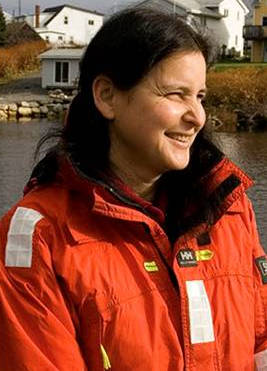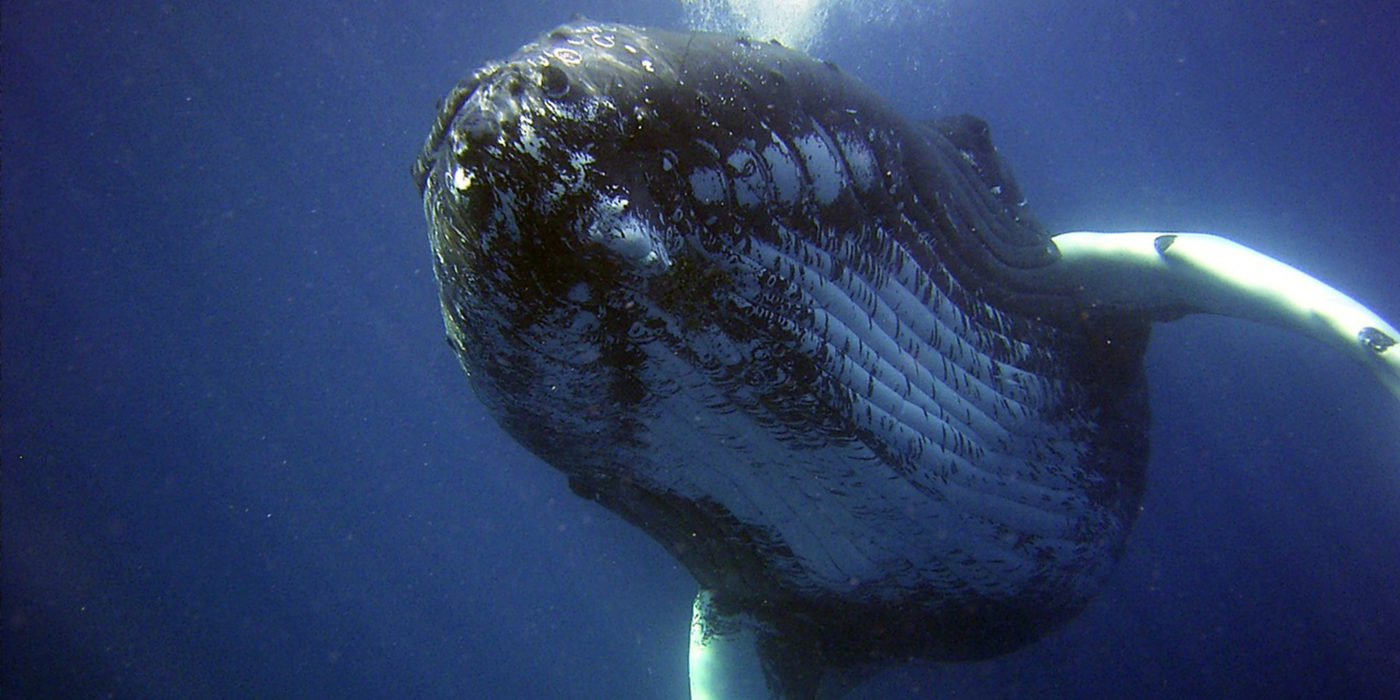Parvati Magazine interviewed Lindy Weilgart, Scientific Advisor for the International Ocean Noise Coalition, about her research into underwater sound.
PARVATI MAGAZINE: As briefly as possible, please describe what the underwater acoustical environment is like to those of us who have no familiarity with this field of study.
LINDY WEILGART: The acoustic underwater soundscape is composed of natural sounds like surf noise, wave noise, snapping shrimp, whales, fish grunts, etc. Since the industrial age, however, the noise of shipping, seismic surveys to search for oil and gas under the sea floor, naval sonars, explosions and other noise have polluted the natural soundscape, drastically shrinking the communication space of animals and making it difficult for marine animals to make use of important natural acoustic cues they need to survive.
PMAG: What is unique about the Arctic marine environment and the marine wildlife that lives there from a bioacoustics perspective?
LW: Relative to most other areas, the Arctic is quiet. Ice, though it produces its own sounds, dampens the noise from waves. The Deep Sound Channel, which very efficiently transmits sounds over large distances, tends to be closer to the surface in polar waters, so sound may travel further in Arctic near-surface waters, affecting more animals. Animals are also less used to man-made noise, making them more sensitive. Some of the most sensitive responses of marine mammals to noise, where whales react to noise at those levels where they can just barely hear it, have been documented in the Arctic.
PMAG: What are the risks facing the Arctic Ocean and its inhabitants at this time?
LW: A perfect storm is coming in the Arctic, composed of climate change, ocean acidification (the Arctic is an area where OA is particularly bad), and underwater noise, through a combination of more natural noise from more severe and frequent storms together with man-made noise from seismic, drilling, and shipping due to ice reduction, and the attendant more trash and pollution from greater use of the Arctic. As mentioned, most Arctic species seem especially sensitive to noise, as they probably are adapted to quieter natural noise conditions. Also, Arctic countries are using sonars to map out their continental shelves to establish their boundaries/sovereignty, which is noisy, when they should be working together to preserve the Arctic for everyone.
PMAG: In the past you’ve articulated the need for an international treaty to protect the Arctic Ocean from exploitation. Why is such a treaty necessary and what would be the benefits of it?
LW: It is important to get out ahead of all the threats coming down on the Arctic. Some of these threats are already arriving, but the more that can be done now, the more the Arctic, in all its irreplaceable splendor, can be preserved as the natural heritage of the world. Underwater noise, in particular, is highly transboundary, travelling sometimes thousands of kilometers. Many Arctic species are migratory as well. Thus, only an international treaty would be effective to safeguard this ecologically fragile and critical area. The Antarctic has a treaty which is reasonably effective; there is no reason why the Arctic should not have one as well. With climate change and the warming of temperate waters, more species are moving towards polar waters to keep within their temperature limitations. The Arctic will be more and more essential for the preservation of fish stocks. More Arctic species are found to possess unusual traits such as a type of anti-freeze in their blood or extreme longevity, such as with bowhead whales and Greenland sharks, living to over 200 years old. We simply cannot afford to lose this biological and genetic knowledge. Finally, the indigenous peoples of the Arctic and their cultures depend on marine animals to survive.












